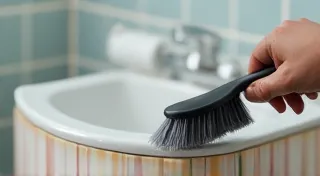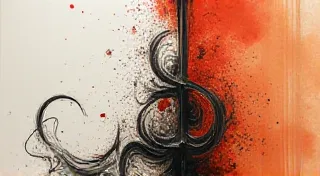Practice Exercises for Sumie Beginners: Developing Brush Control
Welcome to the wonderful world of Sumie painting! For many beginners, the biggest hurdle isn't understanding the philosophy or history of this beautiful Japanese art form, but mastering the physical aspect: brush control. Sumie, at its core, is about nuanced ink application, and that relies entirely on your ability to manipulate the brush. This article outlines a series of simple, focused exercises specifically designed to help you build that crucial brush control. Don’t worry about creating 'perfect' paintings at this stage. The goal is to build muscle memory and understanding of how your brush reacts to different pressures and movements.
Why are these Exercises Important?
Sumie isn’t about replicating reality perfectly. It's about capturing the *essence* of a subject using simple strokes and values. Good brush control allows you to achieve this with confidence and fluidity. These exercises will improve your:
- Ink Flow Control: Managing how much ink is released from the brush.
- Pressure Sensitivity: Creating variations in tone with subtle changes in pressure.
- Stroke Consistency: Maintaining a consistent stroke quality even with repeated movements.
- Brush Angle & Movement: Understanding how angle and movement affect the shape and texture of your marks.
Essential Materials
- Sumie Brush: A beginner-friendly, medium-sized brush is ideal.
- Sumie Ink (Sumi): You’re starting with solid Sumi – grind this with water.
- Water: Fresh water for grinding the ink and cleaning the brush.
- Ink Stone (Suzuri): For grinding the ink.
- Washi Paper: Traditional Japanese paper, but practice paper is fine.
The Exercises
Perform each exercise for 5-10 minutes. Focus on feeling the brush and understanding its response. Don't rush!
1. The Ink Loading Exercise
This focuses solely on controlling how much ink you load onto the brush. Dip the brush into a small amount of water with a little bit of Sumi. Notice how the ink clings. Then, gently tap the brush against the ink stone to remove excess water. Repeat this process, focusing on achieving a consistent amount of ink on the brush. The key is subtle control – too little ink, and the mark won’t appear; too much, and it will be overly saturated.
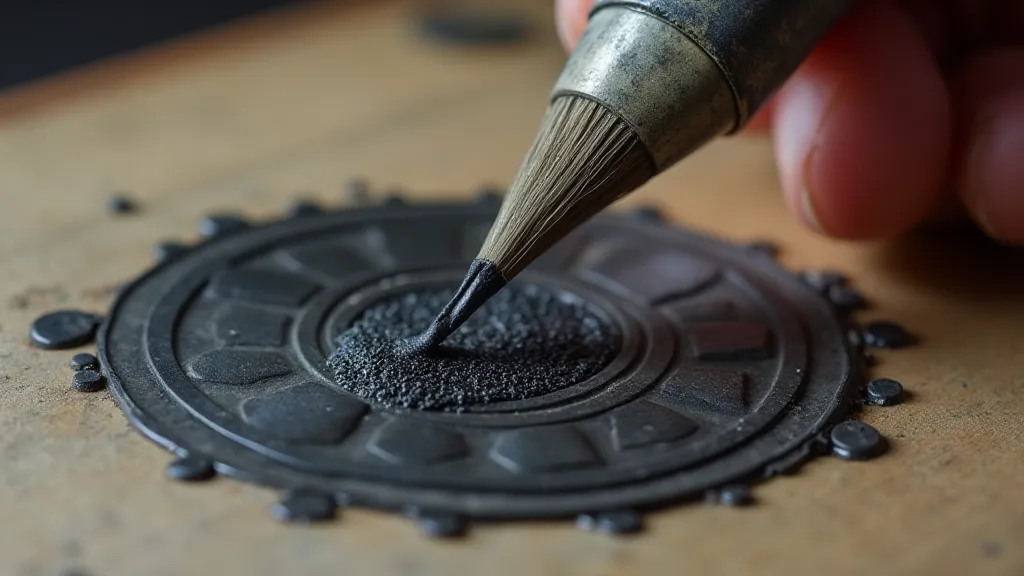
2. The Straight Line Exercise
This sounds simple, but consistency is the challenge. With a consistent amount of ink, attempt to draw straight lines across the paper. Start with short lines, then gradually increase the length. Focus on keeping the line consistent in width and darkness. Vary the pressure slightly to see how it affects the line. Experiment with different brush angles.
3. The Circle Exercise
Similar to the straight line exercise, but with a curve. Draw circles repeatedly. Focus on making the circle smooth and even, not just round. Vary your speed and pressure. Try drawing circles of different sizes. This exercise reinforces wrist and arm movement.
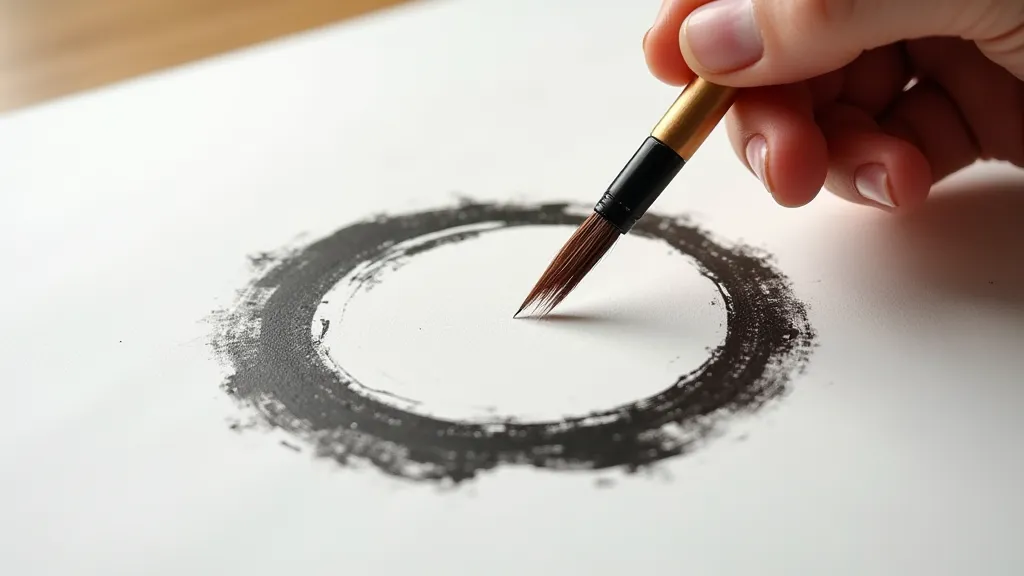
4. The "Dot" Series
Practice making dots with varying degrees of pressure. Aim for perfect circles, each a slightly different value. Think of this as a gradient of value – from very light to very dark. This will help you understand the subtle nuances in ink value that are critical to Sumie.
5. The "Broken Line" Exercise
This exercise introduces a slight imperfection. Draw a series of lines, but intentionally break them at random points. Then, try to smooth out the breaks with gentle strokes. This will teach you how to correct mistakes and create a sense of flow.
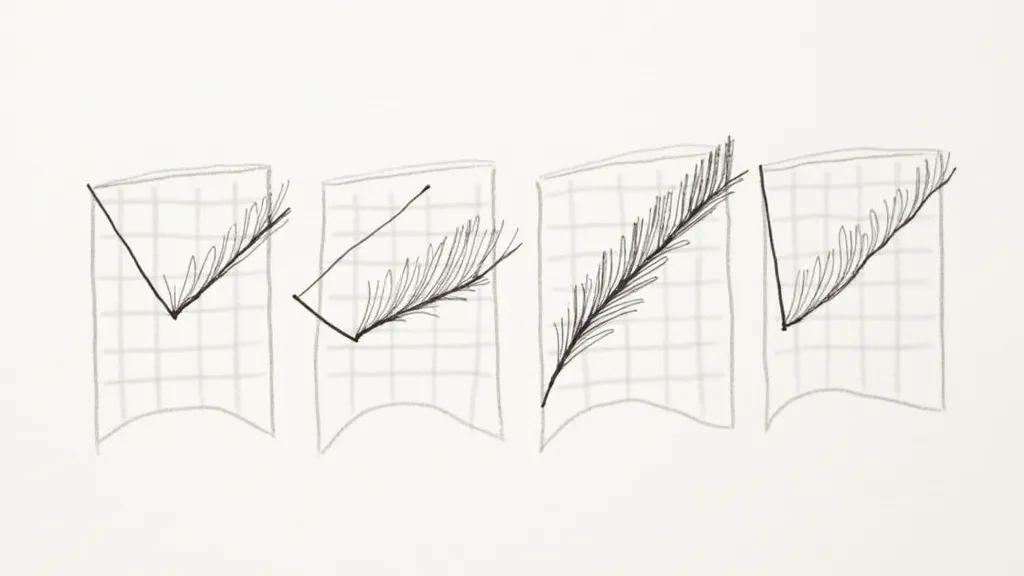
Conclusion
These exercises are just the foundation. Consistent practice is key to developing the brush control needed to progress in Sumie painting. Don't be discouraged if your early attempts aren’t perfect – embrace the process, observe your brush’s response, and enjoy the journey of learning this beautiful art form! Remember to clean your brush thoroughly after each practice session.

